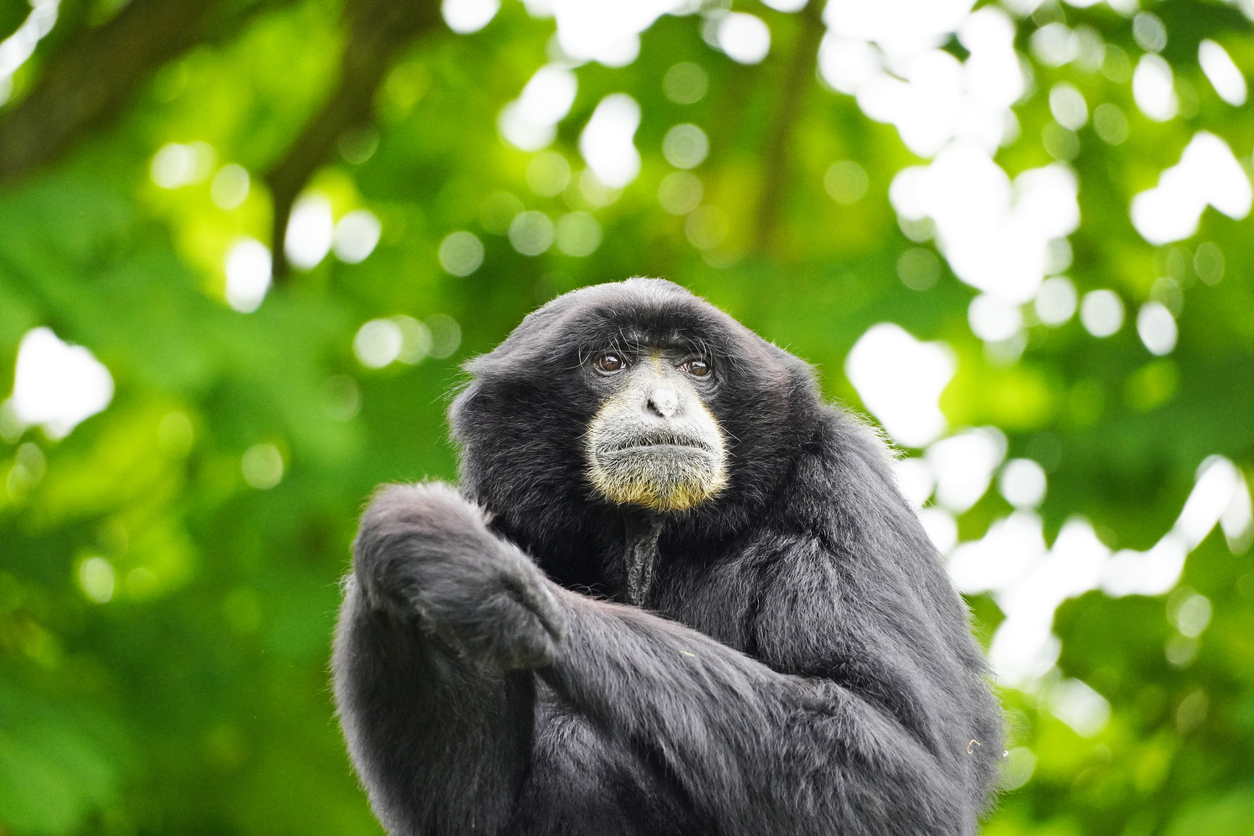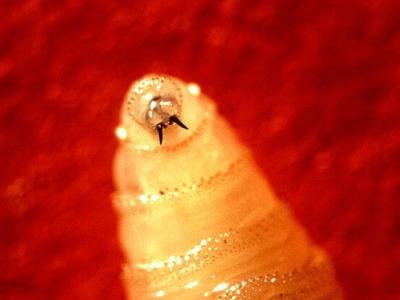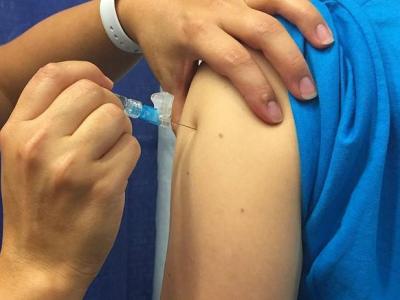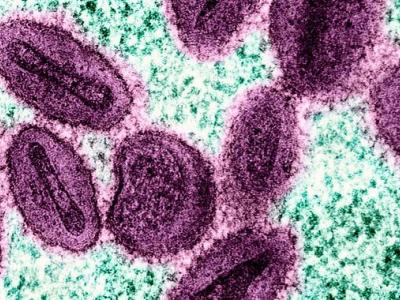A paper published today in Nature Communications describes an outbreak of multidrug-resistant (MDR) Shigella in New Mexico involving humans and non-human primates (NHPs) from a local zoo.
The outbreak of the highly infectious gastrointestinal condition, which stretched from May 2021 through November 2023, involved 202 Shigella flexneri serotype 2a cases identified by the New Mexico Department of Health (NMDOH) in Bernalillo County, home to Albuquerque. The outbreak was initially detected in May/June of 2021, with an initial cluster of four cases in men who have sex with men (MSM). By August 2021, the outbreak had spread to people experiencing homelessness (PEH).
Over the course of the outbreak, just over half of the cases (102, 50.5%) were classified as PEH or PEH-adjacent and 11 (5.5%) reported MSM activity. Nearly 70% of case-patients were hospitalized, and one died. Others infected by the outbreak included children in daycare settings. To help curb transmission, NMDOH and City of Albuquerque officials installed portable toilets and handwashing stations near PEH encampments and kept local providers aware of significant developments in the outbreak.
Shigella is transmitted by the oral-fecal route; via contaminated fomites, food, and water; or by direct person-to-person contact. S flexneri is one of four strains that can cause symptoms that range from mild diarrhea to severe dysentery. Although most cases are self-limiting, antibiotics are commonly used to treat more severe symptoms. But the United States is one of several countries that have seen an increase in recent years of MDR and extensively drug-resistant Shigella strains that have challenged antibiotic treatment regimens.
While shigellosis is common in young children in low-income settings and international travelers, a growing number of outbreaks in wealthier nations are occurring in MSM and PEH.
Outbreak spreads to primates
Ten weeks after the first human cases were identified, 15 NHPs at Albuquerque BioPark Zoo—6 western lowland gorillas, 4 siamangs, 3 Sumatran orangutans, and 2 chimpanzees—showed clinical signs of shigellosis, and four subsequently died from their infection. Almost a year later, in July 2022, a chimpanzee at the zoo tested positive for S flexneri, and subsequently died. A siamang who was transferred to a second zoo after a negative test later became symptomatic and infected two other siamangs at the second zoo, and all three died.

Analysis of human and NHP isolates from the outbreak found that all harbored mutations conferring resistance to fluoroquinolones—the first-line treatment option for Shigella infections—and a variety of other resistance genes. Genomic analysis revealed the human and NHP outbreaks were caused by the same S flexneri strain.
"Our analysis places the NHP isolates directly within, and connected to, the human outbreak circulating in the Albuquerque metro area," researchers from NMDOH and the University of New Mexico wrote. "These results suggest that this sublineage was circulating in the human population and was subsequently introduced into the NHP population within the BioPark."
It remains unclear how the outbreak strain was introduced into the zoo. No zoo staff members reported illness or exposure consistent with Shigella infection, and municipal water testing revealed no fecal contamination. Because Shigella is known to persist on surfaces, one theory is that a visitor may have thrown a contaminated item into a primate enclosure.
The outbreak is one of the largest identified in New Mexico, and the first large outbreak in the state involving an MDR strain, according to the researchers. They say the findings warrant the need for heightened surveillance.
"This study demonstrates the threat of antimicrobial resistant organisms to vulnerable human and NHP populations and emphasizes the value of genomic surveillance within a One Health framework," they wrote.























